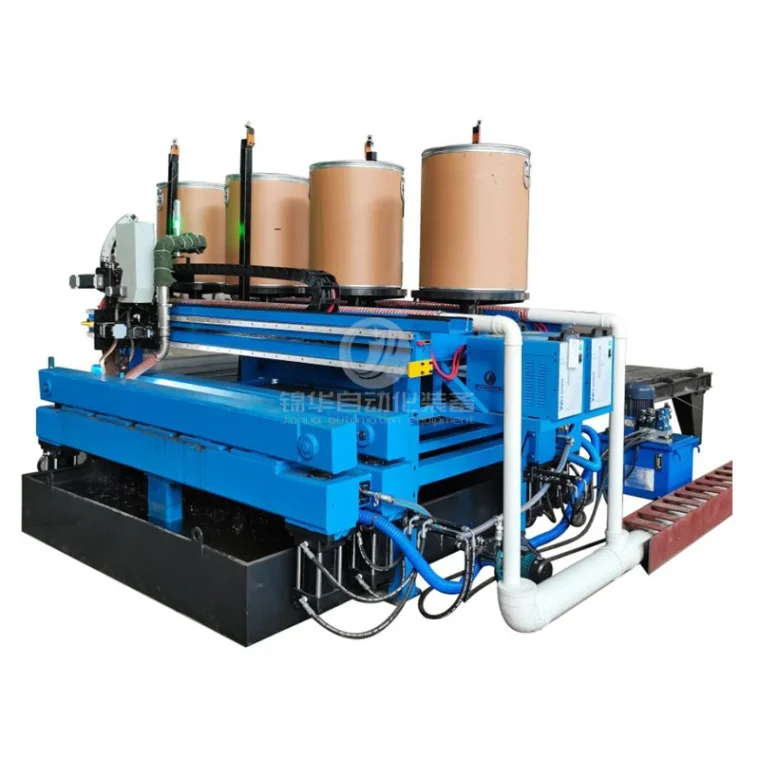In the vast realm of minerals, one particular gem stands out for its exceptional softness and unique properties. Talc, known as the softest mineral on Earth, has captivated scientists and enthusiasts alike for centuries. In this article, we delve into the fascinating world of talc, exploring its origins, characteristics, applications, and the scientific reasons behind its remarkable softness.
- The Formation and Composition of Talc:
Talc is a metamorphic mineral that originates from the transformation of magnesium-rich rocks under intense heat and pressure. Chemically, it is composed of magnesium, silicon, and oxygen, with the formula Mg3Si4O10(OH)2. This unique composition gives talc its distinct properties. - The Remarkable Softness of Talc:
Talc's exceptional softness can be attributed to its crystal structure. Its crystals are arranged in thin, sheet-like layers, which are weakly bonded together by van der Waals forces. These weak bonds allow the layers to slide over each other easily, resulting in the mineral's characteristic greasy or soapy feel. Talc's Mohs hardness scale rating of 1 further emphasizes its status as the softest mineral. - Versatile Applications of Talc:
Talc's softness, lubricating properties, and resistance to heat and electricity make it a highly versatile mineral with numerous applications across various industries. Some key applications include:
- Cosmetics and Personal Care: Talc is widely used in cosmetics, skincare products, and talcum powders due to its ability to absorb moisture, provide a smooth texture, and prevent caking.
- Pharmaceuticals: Talc finds applications in pharmaceutical formulations, acting as an excipient in tablets and capsules, aiding in the controlled release of active ingredients.
- Plastics and Polymers: Talc serves as a reinforcing filler in plastics, enhancing their mechanical properties, reducing shrinkage, and improving dimensional stability.
- Paints and Coatings: Talc acts as a functional extender in paints and coatings, improving their opacity, mattness, and weather resistance.
- Paper and Pulp: Talc is used in the paper industry as a filler and coating agent, enhancing printability, brightness, and smoothness.
- Safety Considerations and Controversies:
While talc has a wide range of applications, it has also been a subject of controversy due to its potential association with certain health risks. Concerns have been raised regarding the presence of asbestos, a known carcinogen, in some talc deposits. However, rigorous testing, quality control measures, and the use of asbestos-free talc have significantly minimized these risks in commercial talc products.
Conclusion:
Talc, the softest mineral on Earth, continues to intrigue us with its unique properties and versatile applications. From cosmetics to pharmaceuticals, plastics to paper, talc plays a vital role in various industries. Understanding the science behind its softness and ensuring its safety in commercial products are ongoing areas of research. As we unravel the secrets of talc, we gain a deeper appreciation for the wonders that lie within Earth's mineral kingdom.




More Stories
Circular Economy Solutions: COMY Environmental Technology Leading the Charge
How Oil Type Transformers Enhance Industrial Power Efficiency
Indoor vs. Outdoor EV Chargers: Choosing the Right 7kW Charging Solution for Your Home